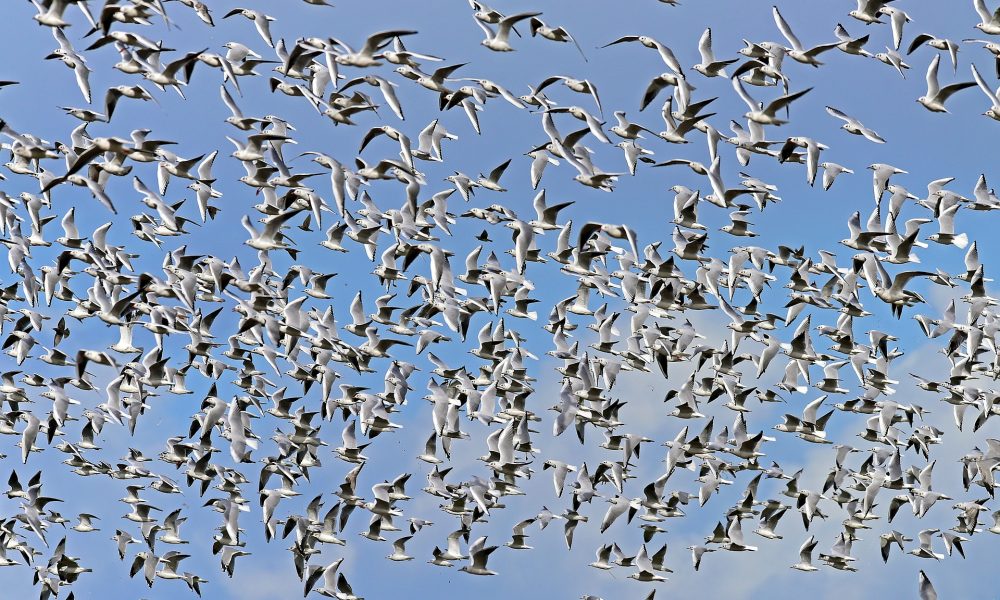There are many potential dangers that airline pilots need to be aware of, and one of the most significant is the threat of bird strikes. Collisions with large flocks of birds in mid-flight can cause major damage to the plane itself, and of course there’s the potential to ingest birds into the plane’s engines during take-off or landing procedures. If you’ve never stopped to think about them before, here are five facts about bird strikes that may just surprise you.
1. The first bird strike was a VERY long time ago
Bird strikes have been with us for far longer than most of us would have thought. The first one ever recorded was in 1905, when aviation pioneer Orville Wright noted the event in his diary. This was only two years after he and his brother Wilbur masterminded the first powered flight of all time, a journey of some 12 seconds that took place just a few feet above the Kill Devil Hills near Kitty Hawk in North Carolina.
2. A bird strike led to a famous tale of heroism
In January 2009, a US Airlines Airbus 320 took off from New York’s La Guardia Airport bound for Charlotte, but came into contact with a flock of birds shortly afterwards. Both engines were disabled, but the pilot, the now-famous Chesley Sullenberger managed to execute a perfect landing on the Hudson River. All 155 people on board were saved. The story was recounted in the movie Sully, with Tom Hanks playing the title role.
3. Birds aren’t the only potential danger to flights
The vast majority of animal strikes in the aviation sector are caused by birds, of course, but by no means all of them. In the USA, coyotes can represent a major hazard, and deer are a problem in many countries. Foxes have also been known to cause non-avian strikes. Major airports with robust boundary fencing are often saved from such events, but light aircraft operating at more rural airfields still face issues.
4. Reliable statistics are hard to come by
It’s not easy to find accurate, definitive stats about the type and frequency of bird strikes around the world. The main reason for this is, quite simply, a lack of reporting. It’s estimated that pilots and airline management staff only report around 20% of all strikes, but it would be extremely helpful if more information was made available. Those organisations that are involved in airport bird control would then be able to offer more advanced bespoke solutions.
5. So which birds are to blame?
Again due to reduced levels of reporting, it’s difficult to know which specific varieties of birds represent the most threat. Thanks to the data that is available, however, it would appear that perching birds, a group that includes larks, sparrows and starlings, are among the worst culprits. Larger birds such as Canada geese are less prevalent, but of course being on the larger side they can also do the most damage.
The world of transportation is changing dramatically at the moment, thanks to greener energy initiatives and the Covid-19 pandemic, but the threats caused by bird strikes remain as strong as ever. In the coming years, as air travel levels begin to return to pre-Covid normality, airport bird control will continue to be a hugely important issue.









